Many people think thermal imaging riflescopes are only for nighttime use. But can these advanced tools also work effectively in bright sunlight? It's a good question. The answer shows how versatile this technology is. It’s not just about seeing in the dark, but about detecting heat signatures that are always there, day or night. This offers a different way to see the world.
How Thermal Scopes Work
To understand why thermal scopes can be used during the day, it's helpful to know how they operate and what makes them different from other vision tools.
The Difference Between Thermal Imaging and Night Vision
People often mix up thermal imaging and traditional night vision. Night vision devices, whether older tube-based types (Gen 1-3) or newer digital ones, work by making existing light brighter. They need some light, like from stars, the moon, or distant city lights, to create an image. Too much light, like direct sun, can actually overwhelm or damage older night vision tubes. Digital night vision handles bright light better but still needs some light to work.
Thermal imaging is completely different. It doesn't rely on visible light at all. Instead, it detects infrared radiation, or heat, which all objects warmer than absolute zero give off. The warmer something is, the more infrared radiation it emits. Thermal scopes change these detected heat differences into a visible picture. Because of this, thermal imagers work just as well in daylight as they do in total darkness, or even when looking through smoke or fog.
How Thermal Imaging Works
Inside every thermal scope, there's a sensor called a microbolometer. This sensor measures the infrared energy from everything the scope is pointed at. Then, the scope's internal software processes this information. It assigns different colors or shades of gray to different temperatures, creating the image you see on the screen.
Modern thermal imagers are very sensitive. They can pick up on temperature differences as tiny as 0.015°C to 0.07°C. This allows them to show detailed images even when the temperature difference between an object and its background is very small. The scope isn't affected by whether the sun is out; it only registers the heat signatures. That's why a warm-blooded animal will look different from the cooler plants around it, no matter the time of day.


Can You Really Use Thermal Scopes During the Day?
Yes, absolutely. Their ability to work doesn't depend on visible light. However, daytime conditions can introduce some factors that might change how well you see the thermal image.
Thermal Imaging Performance During the Day
A thermal scope will still detect and show heat signatures during the day. For instance, it can identify the heat from animals, recently driven cars, or even footprints on warm ground. While the sun warms the overall environment, the key to a clear thermal image remains the temperature contrast—the difference in heat between objects.
For example, a deer in a sunny field might not stand out as sharply from the warm ground as it would at night when the surroundings are much cooler. However, its body heat will typically still differ enough from inanimate objects for the thermal scope to detect it.
The impact of sunlight and ambient temperature on imaging
Direct sunlight and high air temperatures can affect thermal imaging:
Less Temperature Difference:
The main challenge for daytime thermal use is that temperature differences can be smaller. When the sun heats up rocks, soil, and plants, their temperatures can get closer to the temperature of the target you're looking for. This can sometimes make the target blend in more with its surroundings in the thermal image. You might need to adjust the scope's settings (like the color palette, brightness, and contrast) to see things more clearly.
Thermal Crossover:
Around sunrise and sunset, there can be a brief period called thermal crossover. During this time, the temperature of the surroundings can temporarily be the same as the temperature of some objects. This makes those objects hard to see with a thermal imager. It doesn't last long, but it’s good to be aware of.
Heat Mirage:
On very hot days, especially over flat, open areas or hot surfaces like roads, you might see a heat mirage. This happens when strong temperature differences in the air near the hot ground bend light (and affect how heat is seen). It can make the thermal image look wavy or distorted, especially when looking at things far away. Using a scope with a higher resolution sensor or trying different color settings can help with this.
Sun Shining on the Scope:
While thermal scopes are made for outdoor use, it's generally a good idea not to point any scope directly at the sun for a long time with the lens cap off. Very strong energy sources could damage the sensitive sensors.
Analysis of the Applicability of Thermal Imaging Scopes
Even with these points in mind, thermal imaging scopes are very useful during the day. Because they detect heat, they can show you things that your eyes, or even regular daytime scopes, might miss. They are especially good when:
- Targets are camouflaged or partly hidden by plants, grass, or shadows.
- You need to find heat signatures quickly (like finding a downed animal or a hidden person).
- Thermal imaging does not allow for visibility through glass.
Experienced users learn to adjust their scope's settings – brightness, contrast, and color display options – to get the clearest image for the specific daytime conditions.
Thermal Pistol Sights Fast Mini FMP13
Advantages of Using a Thermal Scope During the Day
Using a thermal scope in daylight offers distinct advantages due to its unique way of "seeing" heat, giving users an edge over traditional optics or the naked eye.
Not Affected by Visible Light, Works Around the Clock
A key benefit is that thermal scopes don't rely on visible light. Unlike regular scopes affected by shadows, glare, or low light, thermal imagers perform consistently in any condition—from bright sun to complete darkness. This 24/7 usability stems from their ability to detect heat signatures, meaning a target in deep shade on a sunny day can be as clear as one in an open field at night, as long as a heat contrast exists.
Penetrate Smoke, Mist, and Obstructions
Thermal scopes can effectively see through atmospheric obscurants like smoke, fog, mist, and dust. They detect long-wave infrared radiation, which passes through these particles much better than visible light. This allows users to see in conditions that would render normal vision or standard scopes ineffective. Daytime examples include spotting targets through morning mist, fire smoke, or even light vegetation, as heat signatures reveal what visible light cannot.
Increases Target Detection Rate and Reaction Speed
Animals, people, or recently operated machinery generate heat, making them stand out against cooler backgrounds. This is particularly true for camouflaged warm-blooded animals, whose body heat is clearly visible in a thermal image despite their visual blending with surroundings. This improved detection allows for quicker identification and faster reactions, providing hunters or security personnel crucial extra seconds and a vital informational advantage.

Daytime Application Scenarios for Thermal Scopes
Daytime thermal imaging's unique benefits translate to numerous practical applications beyond nighttime use, leveraging its heat detection capabilities.
Security and Defense
Thermal scopes significantly enhance daytime surveillance and threat detection:
- Perimeter Monitoring: Security teams can scan perimeters to quickly detect individuals concealed in foliage or shadows, as their heat signatures stand out.
- Defeating Visual Camouflage: Thermal imaging effectively negates standard visual camouflage by revealing a person's heat signature.
- Urban Surveillance: In complex urban settings, thermal helps identify human heat signatures among visual distractions when directly visible, making it easier to detect suspicious activity or individuals.
Tactical Operations and Search & Rescue
For law enforcement, emergency services, and rescue teams, thermal imaging is invaluable for rapid detection:
- Locating Missing Persons: Thermal scopes expedite searches by detecting body heat, even if individuals are stationary. Aerial or elevated scanning with thermal imagers covers large areas quickly, improving recovery chances.
- Apprehending Fugitives: Law enforcement uses thermal imaging to track fugitives concealed in various terrains or structures, as their heat signatures provide clear targets.

- Animal Rescue: This technology aids in rescuing lost or injured animals, particularly in difficult terrain, by highlighting their body heat against surroundings.
Hunting
Thermal scopes offer hunters a significant advantage in locating game during daylight hours:
- Seeing Through Cover: Thermal imaging can penetrate light to medium cover like grass and brush, revealing animals hidden from plain sight by their body heat.
- Spotting Bedded Animals: It helps locate animals resting in cooler, shady areas during warm days by detecting their heat signatures against contrasting backgrounds.
- Game Recovery: Post-shot, thermal scopes expedite game recovery in challenging terrain or fading light by quickly locating the downed animal's residual body heat.
- Optimal Low-Light Daytime Hunting: Thermal imaging is highly effective during cooler early morning or late afternoon hours due to increased temperature contrast between game and the environment.
Hunters must always know and adhere to all local regulations regarding the use of thermal imaging devices.
Harness Thermal's Daytime Power!
Thermal imaging riflescopes are definitely not just for night use. Their ability to detect heat signatures, no matter the amount of visible light, makes them very effective for many daytime uses. While things like sunlight and air temperature can affect the image contrast, the basic advantages of seeing through things that block light and quickly finding heat sources make thermal scopes a powerful tool for security, tactical work, and hunting during the day. Knowing how they work and what they can do helps users get the most out of this technology, showing them a world that normal vision can't see.
FAQs About Using Thermal Scopes During the Day
Q1: Will direct sunlight damage my thermal scope?
A: While thermal scopes are made for outdoor use, it's generally not a good idea to point them directly at the sun or other very strong heat or light sources for a long time if the lens cap is off. This could potentially damage the sensitive parts inside. Always check your specific scope's instruction manual for advice.
Q2: Is thermal imaging better than digital night vision for daytime use?
A: They work differently. Digital night vision can be used during the day without being damaged and gives you a more natural-looking image based on visible light. Thermal imaging detects heat, which can be better for seeing through camouflage or light plant cover, and it works no matter how much light there is. Which one is "better" depends on what you need to do. For simply detecting heat signatures, thermal is often superior.
Q3: Can thermal scopes see through walls?
A: Usually, no. Most common building materials like wood, concrete, and brick are good at blocking heat and will hide the direct heat signature of a person or object on the other side. However, a thermal imager might pick up on indirect heat signs, like a warm spot on a wall if something very hot has been right behind it for a while, or temperature differences caused by bad insulation.
Q4: How does weather like rain or fog affect daytime thermal imaging?
A: Heavy rain, thick fog, and high humidity can reduce how well thermal imaging works because these conditions can scatter or absorb some infrared radiation. However, thermal imaging usually works much better in these conditions than visible light cameras or your eyes, because infrared radiation can get through these things more effectively than visible light.
Q5: Do I need to zero my thermal scope differently for day and night use?
A: The zero of your riflescope (whether it's thermal or traditional) should stay the same no matter the time of day. Zeroing is about aligning the scope with where the barrel is pointing.

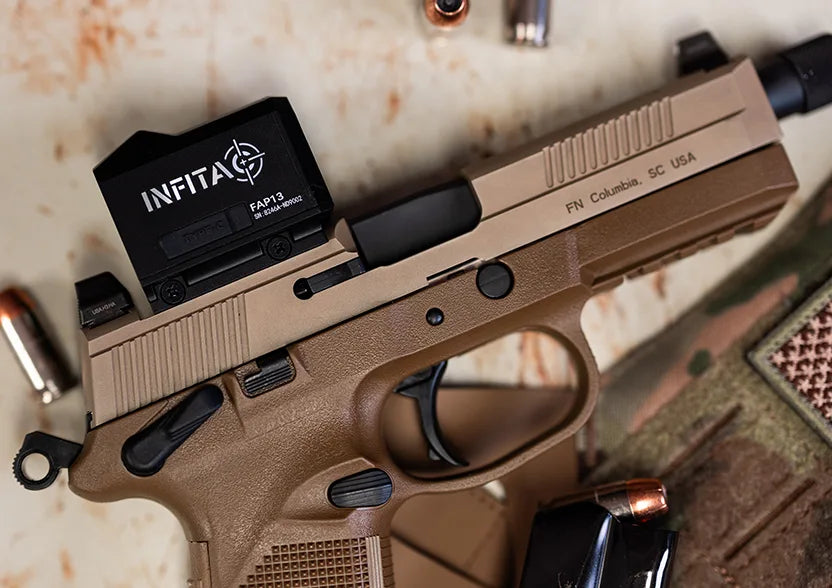

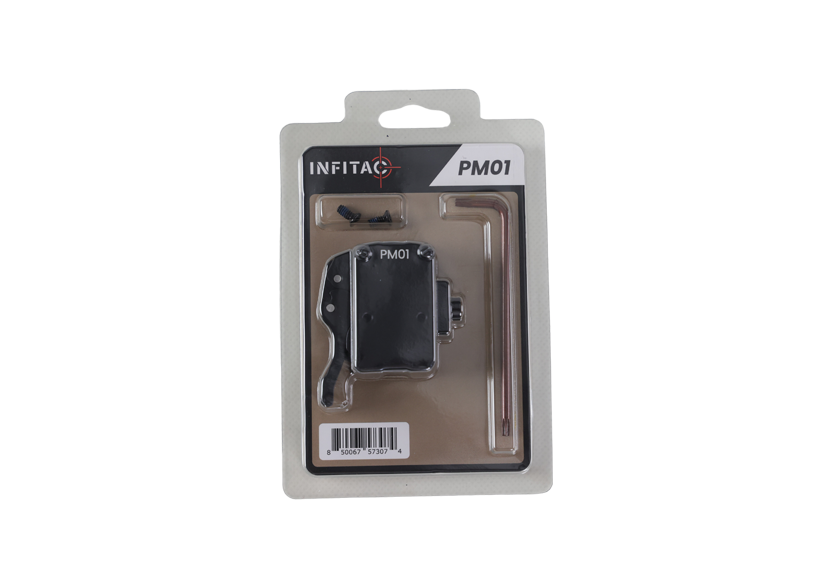
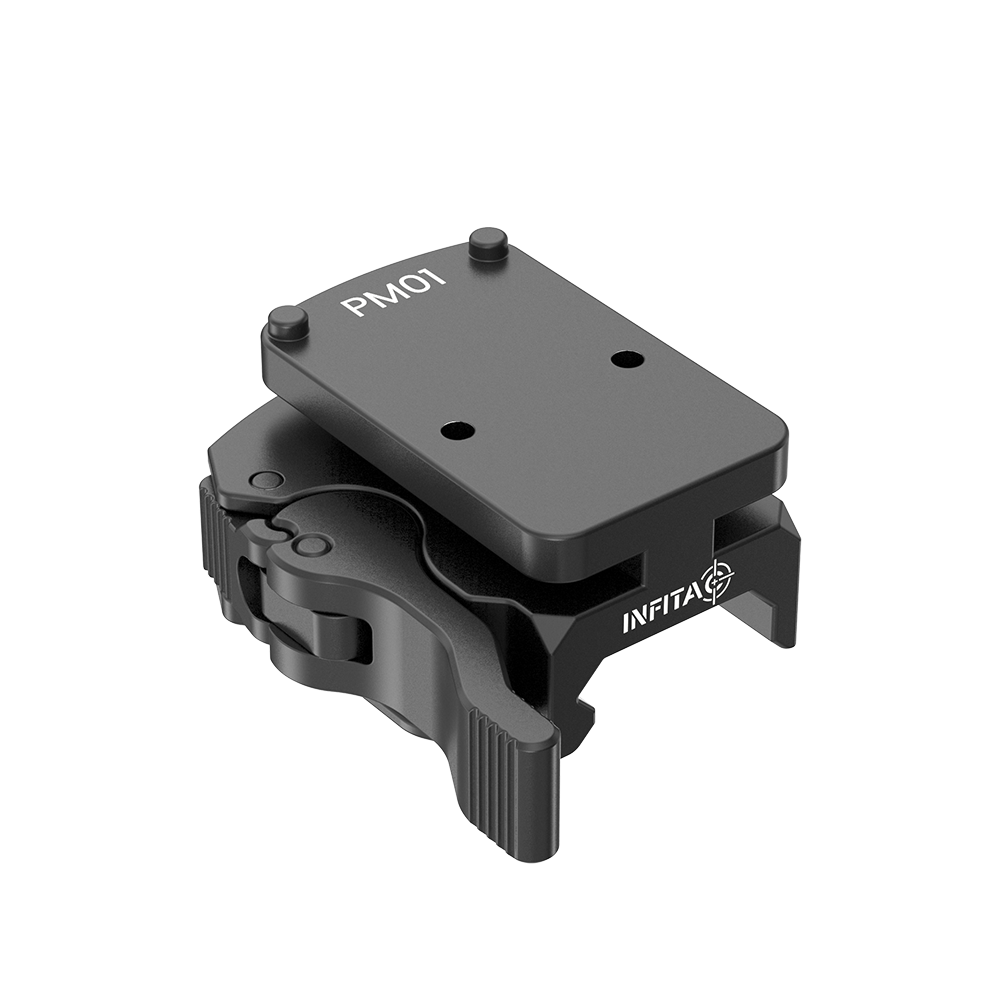
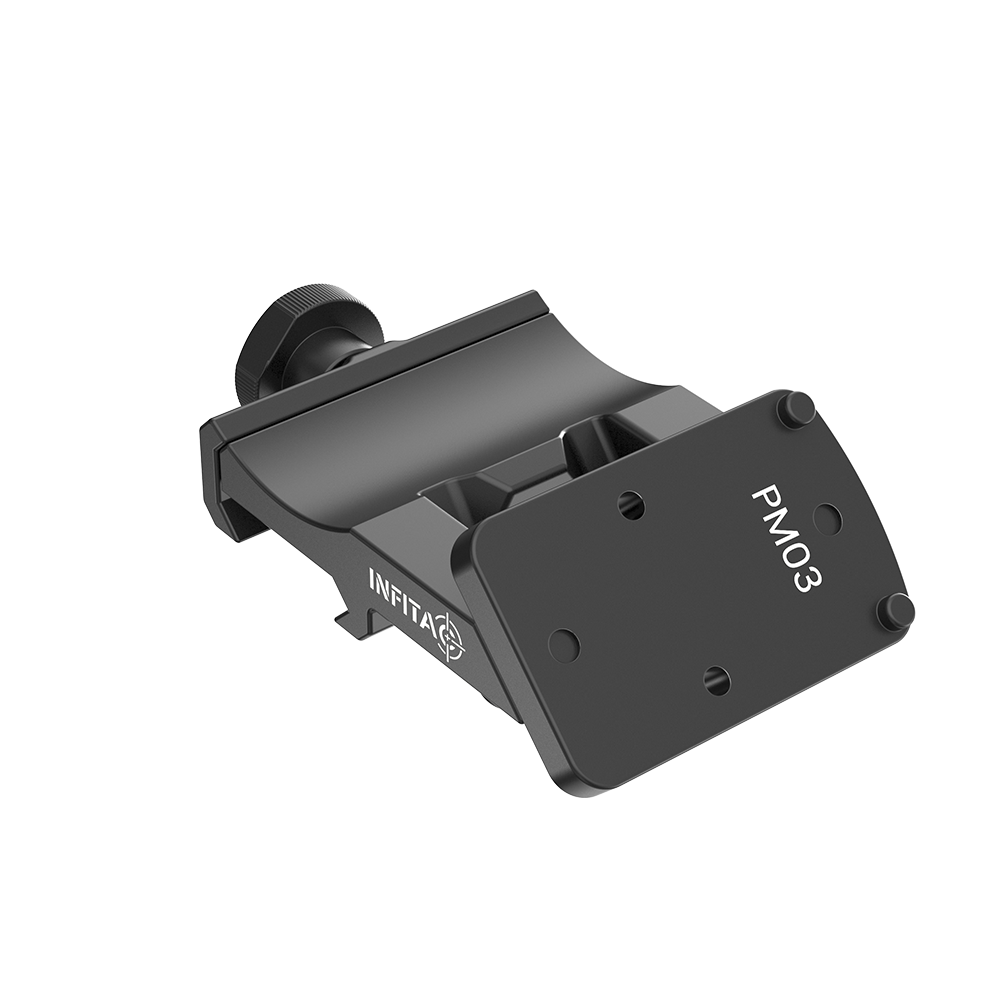
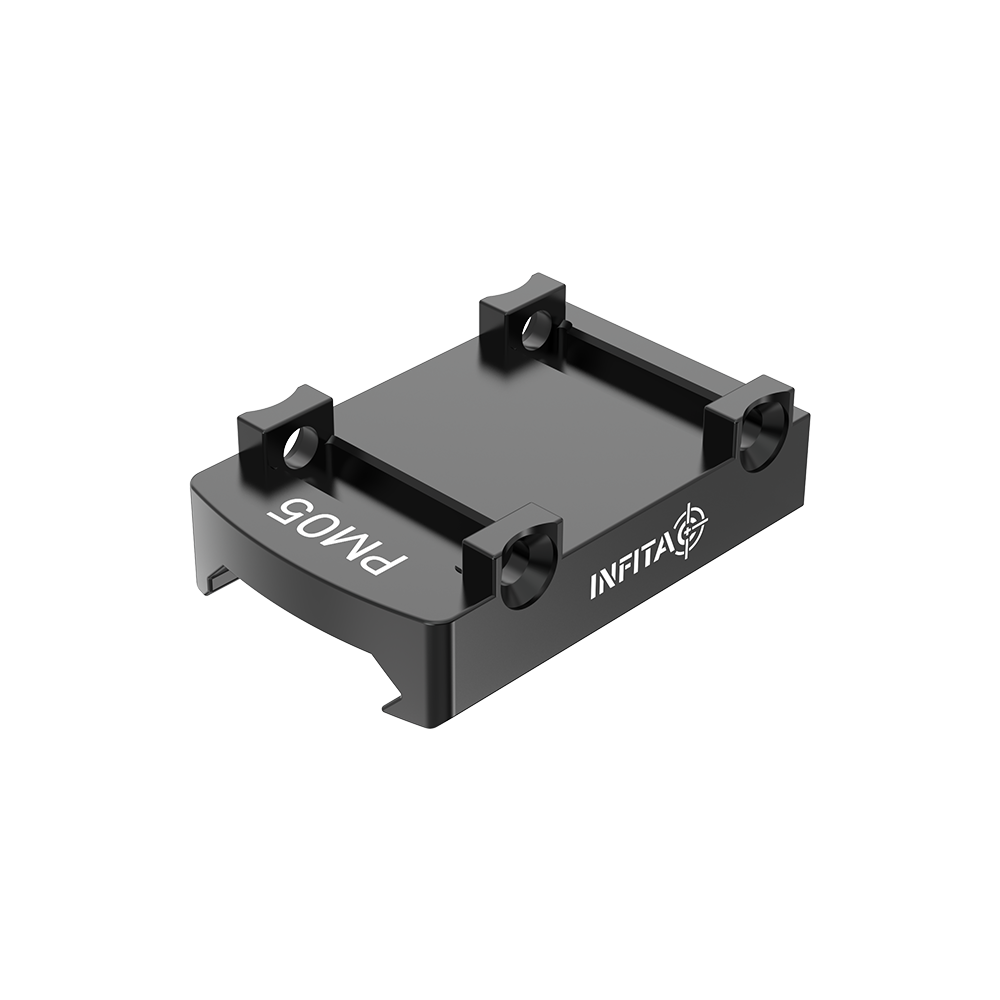
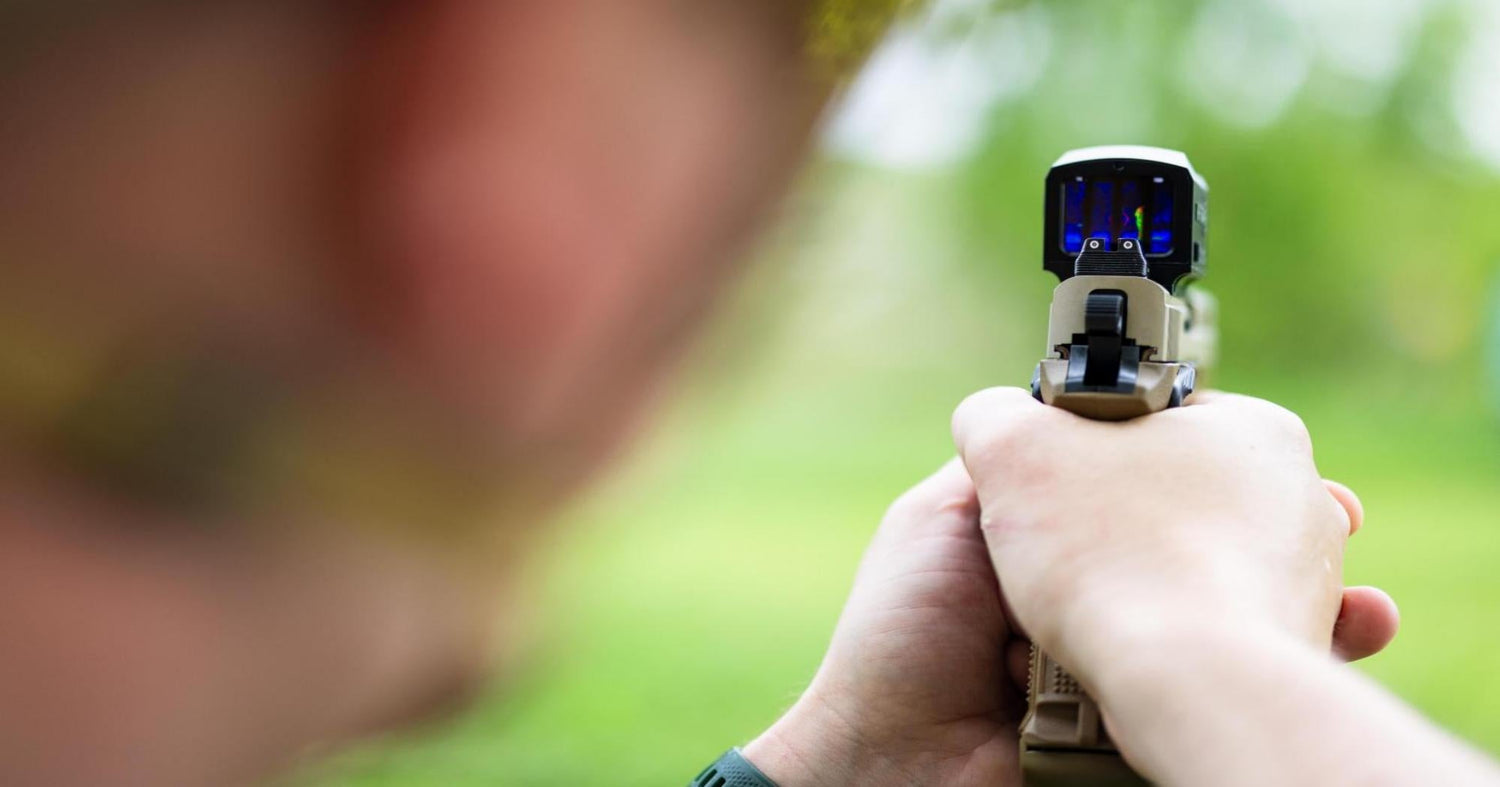
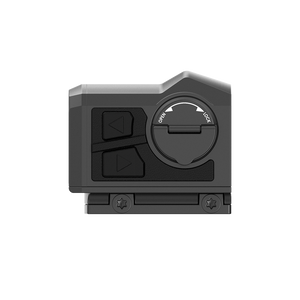

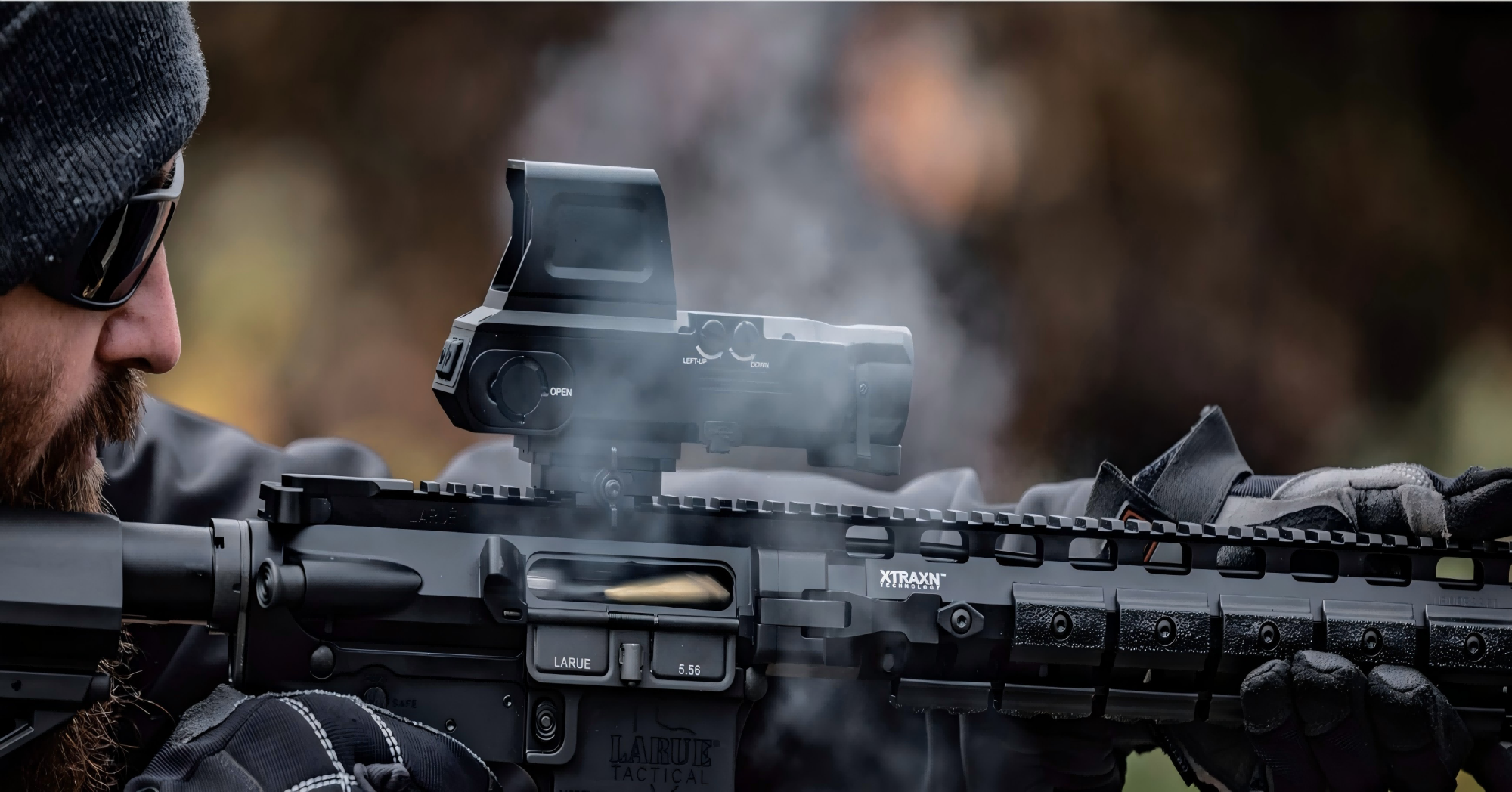
Leave a comment
This site is protected by hCaptcha and the hCaptcha Privacy Policy and Terms of Service apply.